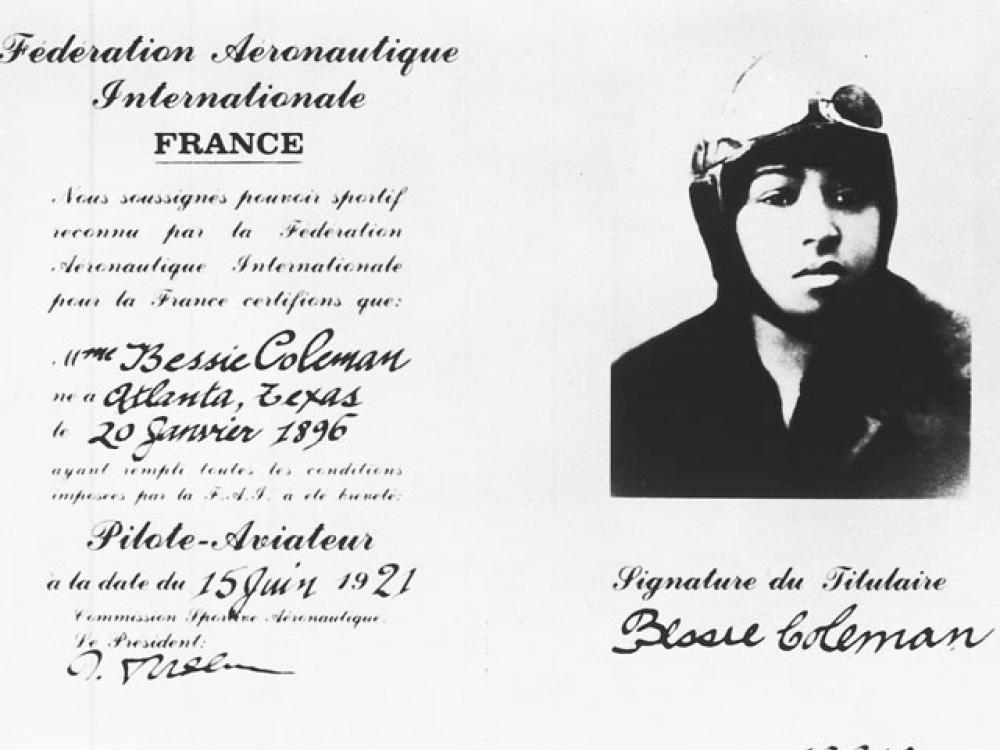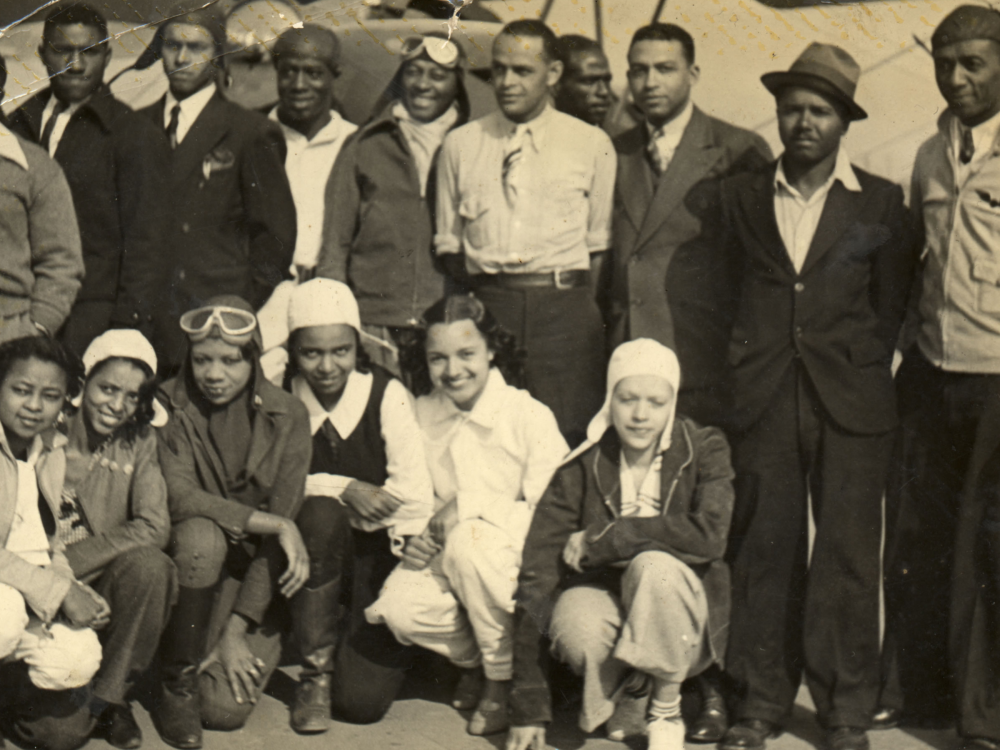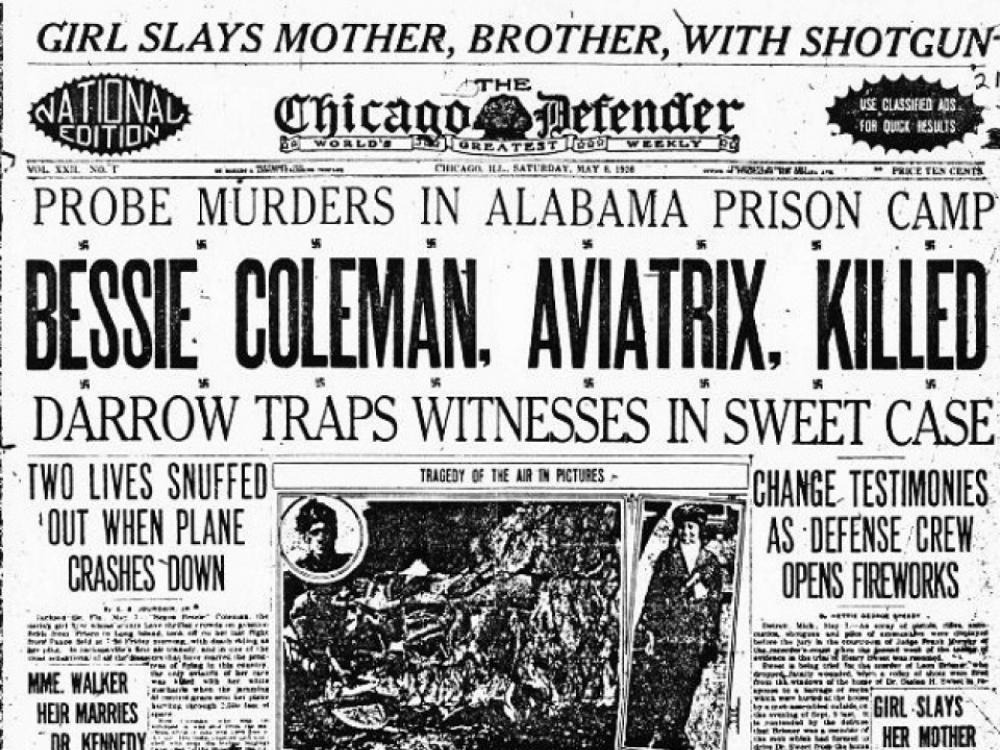As part of Black History Month celebrations, we honor the extraordinary legacy of Bessie Coleman, the first African American woman to earn a pilot’s license.
In a time when racial and gender barriers made it nearly impossible for Black women to enter aviation, Coleman’s determination took her across the world—ultimately changing history on June 15, 1921, when she became a licensed pilot in France.
Born in Atlanta, Texas, in 1892, Coleman grew up in a segregated America where opportunities for Black individuals, especially women, were scarce.

She later moved to Chicago, where she worked as a manicurist, but her ambitions stretched far beyond beauty salons.
Her inspiration to become a pilot came from her brother, a World War I veteran, who mocked her, saying French women were flying airplanes while she could barely dream of such a thing in the U.S. Coleman’s response? “That’s it… You just called it for me!”
However, aviation schools in America barred Black students—especially women. Undeterred, she sought guidance from Robert Abbott, publisher of The Chicago Defender, who encouraged her to learn French and train in France, where racial discrimination was less severe.
Making Aviation History
Coleman enrolled in the Caudron Brothers School of Aviation, a prestigious flight school known for training World War I pilots.
She quickly mastered flying the Nieuport 82, a dual-controlled trainer aircraft, and in just seven months, she earned her international pilot’s license—making her the first Black woman in the world to do so.
Determined to perfect her skills, Coleman returned to Europe in 1922, training in France and Germany with elite pilots, including former German military aces. When she returned to the U.S., she was greeted as a hero by both Black and white newspapers.

Daring Stunts and Activism
On Sept. 3, 1922, Coleman made history again, becoming the first Black woman to perform a public flight in the United States at Curtiss Field in Long Island, New York.
She continued showcasing her talent across the country, performing daring aerial stunts known as barnstorming—loops, figure eights, and even mid-air wing-walking.
Despite racial segregation and Jim Crow laws, Coleman refused to perform for segregated audiences. She demanded that Black spectators be allowed to enter airshows through the same gates as white attendees—a bold stance during that era.

She also became a motivational speaker, encouraging Black youth—especially women—to pursue aviation. She envisioned opening a flight school for African Americans, saying:
Tragic End, Lasting Legacy

Coleman’s life was tragically cut short on April 30, 1926, during a practice flight in Jacksonville, Florida. While surveying the ground for an upcoming stunt performance, she wasn’t wearing a seatbelt and was tragically ejected from the plane when it suddenly flipped over. Her mechanic, William Wills, also died in the crash.
The loss devastated the Black community. Thousands attended her funeral in Chicago, where civil rights icon Ida B. Wells delivered her eulogy.
Though Coleman never realized her dream of opening a flight school, her influence soared beyond her lifetime. In the 1930s, the Bessie Coleman Aero Club was established to train Black pilots, and in 1995, she was honored with a U.S. Postal Service stamp. Today, Bessie Coleman Drive at O’Hare International Airport in Chicago reminds travelers of her groundbreaking achievements.
A Pioneer Who Opened the Skies
Bessie Coleman’s fearless pursuit of her dreams made aviation history and paved the way for Black pilots, including the legendary Tuskegee Airmen.
Her story continues to inspire generations to break barriers and take flight—both in the air and in life.
